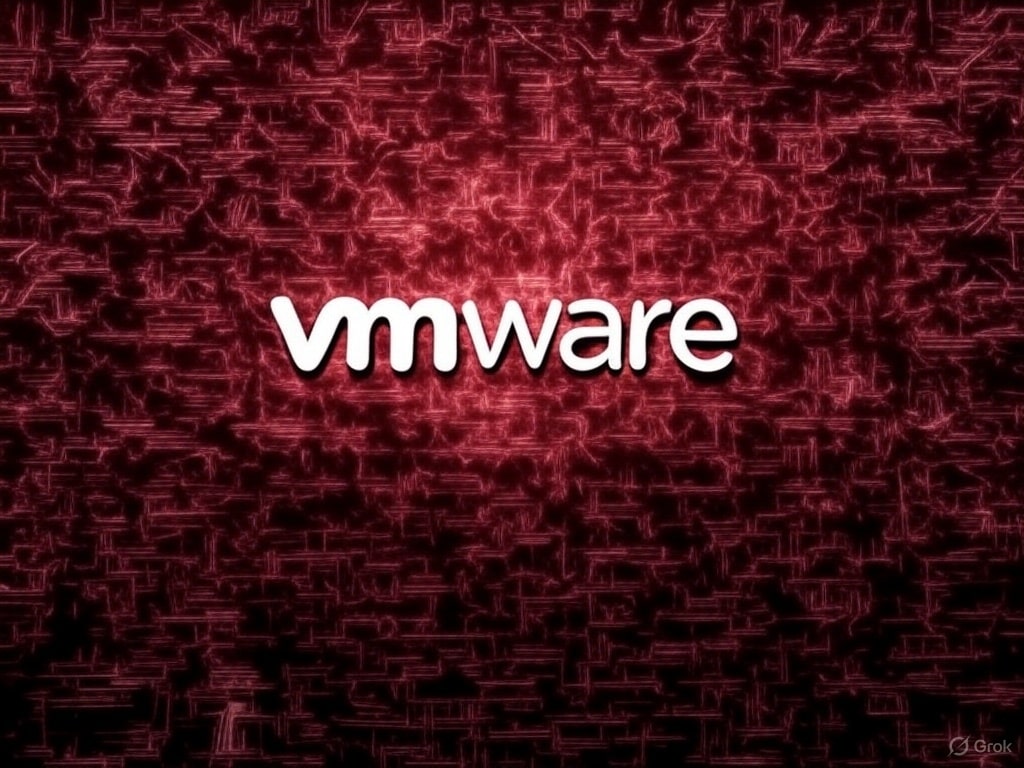With the release of VMware vSphere 9.0, organizations are now equipped with a more robust, efficient, and scalable virtualization platform. However, taking full advantage of its potential requires more than just upgrading—it demands meticulous planning, optimal hardware configuration, and the implementation of VMware’s performance best practices.
VMware has published an in-depth official guide—“vSphere 9.0 Performance Best Practices”—designed for system administrators and IT professionals seeking to fine-tune every layer of their infrastructure, from bare metal to guest operating systems.
🔧 1. Hardware Configuration: Laying the Groundwork
Optimal performance starts at the hardware level. VMware emphasizes the importance of:
- Using modern CPUs with hardware virtualization features like Intel VT-x or AMD-V, along with AES-NI for cryptographic acceleration and NUMA-aware architecture for memory efficiency.
- Employing NVMe storage, RDMA-capable NICs, and fine-tuned BIOS settings (enabling Turbo Boost, Hyper-Threading, etc.).
- Consulting VMware’s Hardware Compatibility Guide (HCL) to ensure all components are supported in production environments.
📦 2. ESXi Host and VM Optimization
Avoid the temptation to over-provision virtual resources. The guide highlights:
- Minimizing excessive allocation of vCPUs and RAM, which can lead to contention and performance degradation.
- Upgrading VMs to hardware version 22, which supports advanced features but may require compatible guest OS versions.
- Understanding Hyper-Threading and NUMA topology to improve CPU scheduler efficiency.
- Adjusting host power policies based on workload characteristics—choosing between Balanced, High Performance, or Custom modes.
🧠 3. Memory Management: Precision Matters
vSphere 9.0 maintains intelligent memory management tools, but they must be correctly configured:
- Avoid memory thrashing by right-sizing each VM’s memory footprint.
- Leverage overcommit features such as ballooning, transparent page sharing (TPS), and memory compression.
- Enable 2MB large pages for enhanced performance via reduced TLB misses and improved CPU utilization.
💽 4. Storage Optimization: Throughput and Efficiency
Modern workloads demand high-speed, consistent I/O:
- Enable VAAI (vStorage APIs for Array Integration) to offload tasks like cloning and zeroing directly to the storage array.
- Use proper VMFS alignment to avoid misaligned I/O and increase throughput.
- Prefer NVMe or NVMe-oF over legacy storage for latency-sensitive workloads.
- Evaluate vSAN architecture: choose between hybrid (SSD + HDD) and all-flash depending on the performance/cost balance.
🌐 5. Network Tuning for High-Performance Applications
In the era of 100GbE and distributed cloud, your network stack matters:
- Choose NICs supporting offloads like TSO, LRO, RSS, and virtualization protocols like VXLAN and GENEVE.
- Consider SmartNICs or DPUs (Data Processing Units) to handle network functions independently of the host CPU.
- Apply NetIOC (Network I/O Control) and traffic shaping for consistent performance on latency-sensitive services (e.g., VoIP, databases).
🔄 6. Infrastructure Services: Automation and Resilience
High availability and flexibility are critical pillars of modern infrastructure:
- Plan vMotion and Storage vMotion operations to minimize workload disruption.
- Calibrate DRS (Distributed Resource Scheduler) and DPM (Distributed Power Management) to match application profiles.
- Enhance fault tolerance with vSphere HA and vSphere FT, especially for mission-critical VMs.
- Manage lifecycle efficiently using vSphere Lifecycle Manager for consistent upgrades and patching.
🧑💻 Target Audience
This guide is tailored for system administrators, IT architects, and virtualization engineers deploying or managing vSphere 9.0 in production or enterprise environments.
Whether you’re running a hybrid cloud, planning for AI workloads, or modernizing your infrastructure, these best practices will help you maximize the return on your virtualization investment.
📥 Download the Official VMware PDF
👉 vSphere 9.0 Performance Best Practices (PDF)
✅ Frequently Asked Questions (FAQ)
What’s new in vSphere 9.0 compared to previous versions?
vSphere 9.0 introduces improved DRS logic, expanded support for DPUs, better memory management, hardware version 22, and more secure boot options.
Is hardware version 22 mandatory for best performance?
Not mandatory, but recommended. It unlocks advanced features and better support for modern CPUs and guest OS optimizations.
Should I upgrade my NICs for SmartNIC or DPU compatibility?
If your workloads are network-intensive (e.g., NFV, service chaining, or AI inference), upgrading to SmartNICs or DPUs can dramatically reduce host CPU usage.
How does vSphere 9.0 help with AI workloads?
With better NUMA handling, improved memory scheduling, and GPU pass-through optimizations, vSphere 9.0 is increasingly suited for training and inferencing AI models.

